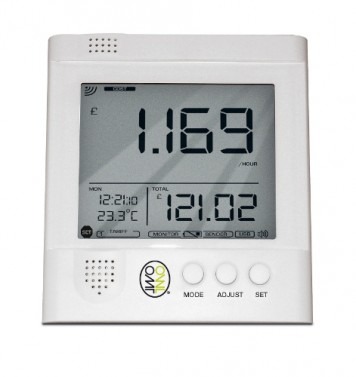Global energy consumption achieved a historical record in 2009 when it was reduced by 1.5 percent. The reduction was attained for the first time since the Second World War.
For many years now, there have been aggressive campaigns worldwide and on the web to raise awareness on ways to lower energy consumption starting in the home. Up to this day, though, there are still people not very familiar with tools they can use to keep track of their power usage and help them save on their electricity bills.
The experts have pointed out that being in the know about one’s energy consumption can prompt consumers to take action in cutting their power bills. A new study has also confirmed that if homeowners have digital tools to set their preferred temperature and prices, electricity usage can be reduced by up to 15 year per year. If this is attained within a period of two decades, power plants and other infrastructure can save some $70 billion plus there would no longer be any need to set up coal-fired plants.
This new research done by the U.S. Energy Department’s Pacific Northwest National Laboratory proved that if people were given the right tools and incentives, they would take action in managing their energy consumption. The scientists said that if consumers were made aware of how much savings they can enjoy by reducing their usage of electricity, they would make a move as shown in the results of the demonstration project.
During this valuable research, some 112 homes in Seattle’s Olympic Peninsula were provided with digital thermostats and computer controllers that were attached to water heaters and clothes dryers. The controls were linked online and the homeowners were tasked to set their preferred temperature, the number of degrees they were willing to adjust and the electricity rates they find acceptable.
While implementing what had been done in this demo project is far from becoming a reality, more incentives are needed for now to encourage people to take the right steps toward saving energy starting in their homes. Some programs are already in place but more should be added.
On their own, however, consumers can take the responsibility of doing the recommended energy-saving techniques they know. They can actually make moves such as switching energy providers and comparing energy rates.
For those living in the Big Apple, for instance, New York energy rates can fluctuate from time to time but if you are aware of this and you know your options, there’s a good chance you can enjoy lower electricity bills towards the future.
Photo via housetohome
About the author:
Keisha is a researcher who supports green projects in her community.
